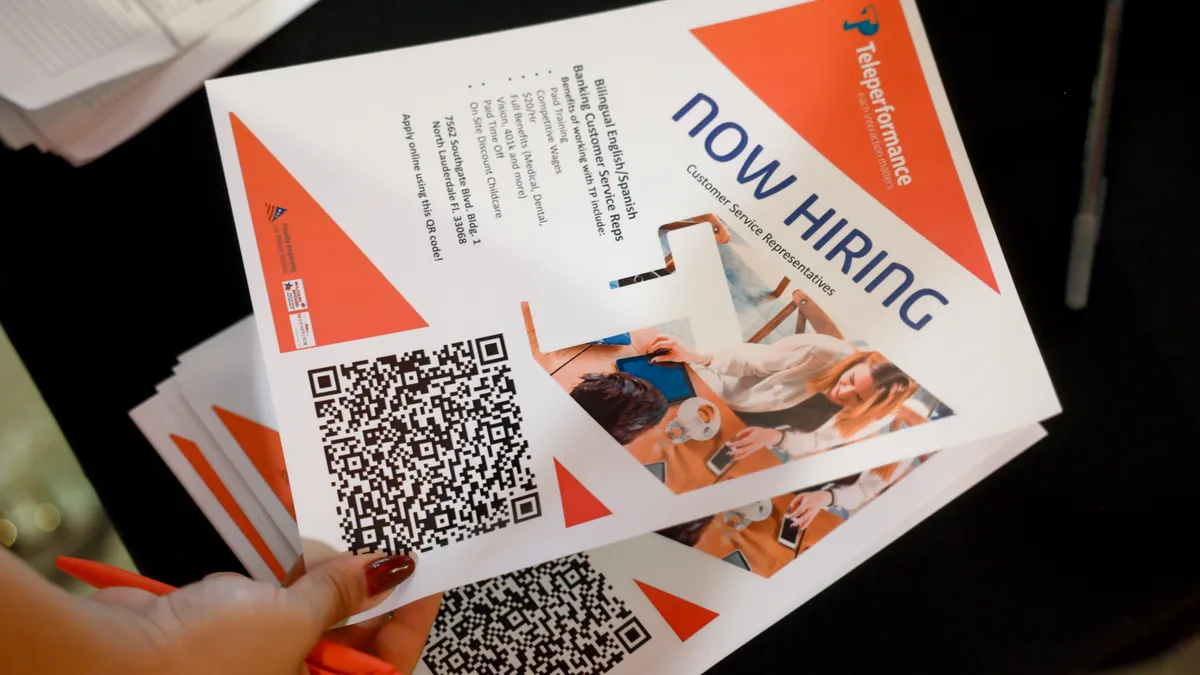To design and develop corporate learning modules is one thing; it's another to actively engage a largely diverse population of employees in that learning. Very often, new employees are intimidated by the scope of learning they must undertake in order to become oriented to the new roles. They also often feel alone. This is not surprising given the increase in the use of e-learning modules delivered to employees to learn at their own pace. Sometimes, this learning takes place before the first day on the job.
On top of this, supervisors and lead employees may be worried that they will be replaced by new talent someday, so they hold back on what they share. Information is scattered and not delivered well through job shadowing and other formats. This leaves new employees in the dark, and damages any real knowledge transfer from the start.
Getting back to the basics of human learning
None of this is how humans were designed to learn. Annie Murphy Paul, the author of "Origins" and the forthcoming "Brilliant: The New Science of Smart" says in a TIME article that, "Successful learning doesn't require fancy schools, elaborate training sessions, or expensive technology. It just takes an understanding of how the brain really works."
In the earliest days of the human learning experience, we take in information at an incredible pace from the world around us. How much we are exposed to, the content of the learning, and the people around us have much to do with our future learning patterns. Interestingly enough, there are leaders in the learning market who believe that the way corporate learning is delivered is only addressing a small portion of the human capacity to take in and recall new information—meaning it would ultimately have little impact on job performance.
The missing element in corporate learning is actually other people
Marek Hyla, Strategy Senior Principal at Accenture CN and the co-founder of XY Learning Team, author and leading mind in the corporate learning arena, discussed ideas surrounding the shared experience of learners with HR Dive. As a contributor at the eLearning Industry blog, Hyla mentioned the term 'learning interventions' as a way to promote adult learning in the workplace. He further clarified the term by saying this refers to, "all activities which influence somebody's competence." He described those as small efforts like inspirational messages left on a microblog, medium activities like a 2-day workshop, to massive efforts like leadership development processes.
The importance of learning interventions
Hyla challenges corporate learning centers to think about the way that people learn best, and provide a more blended learning process to enhance the experience of employees as they take in new concepts on the job. He said, "While we will not resign from passive learning delivery options (like lectures, seminars, webinars, and self reading guides), every single learning intervention delivered that way should be supported by engaging forms that will transfer declarative knowledge and skills to new behaviors on the job."
Hyla encourages better implementation of learning processes, which he emphasized as the most important part of the way organizations can enhance learning. One example he gave: "Provide a team assignment during a lecture, which will let people discuss, share experiences and reflect on the subject matter", adding that "after the lecture, provide trainees some implementation tasks to be done on the job." This gives employees the experience of learning together and modeling their newfound knowledge.
Changing employee behaviors
Hyla noted that corporate learning is about changing and improving behaviors of employees. In performance-based workplaces, this is the measuring stick by which learning and development programs are best measured. Training departments can ask:
- Are employees participating in learning efforts on a regular basis?
- Is there ongoing support for new hires to keep learning as part of their peer group?
- Are there improvements in productivity and performance by employees?
- Do employees use newly learned skills effectively in their roles?
- How well do employees retain their learning and demonstrate this on the job?
Where is corporate learning headed?
When asked about the future of corporate learning in terms of shared experience to engage and motivate employees, Hyla noted that the "most neglected part of the learning process" is a lacking culture of support and demand provided by supervisors.
"This interaction (supervisor and trainee) is probably the most impactful one in terms of efficiency of the learning process — this is a supervisor who can expect changes of behaviors, demand them, and support them," he said, adding, "I would say that the future is in changing the learning cultures in organizations — by overcoming the barriers of sharing and peer-to-peer learning."
When developing learning programs, group employees together to work on projects and practice their skills before they are in a real-world situation. Then add in a mix of learning interventions to drive concepts home. This can positively impact the performance of employees and the value of the company.




















